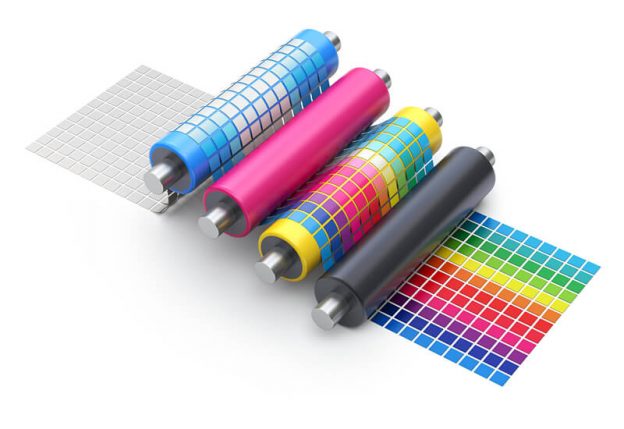4 Common Gravure Cylinder Engraving Methods
Engraving or etching an image onto the gravure cylinder may take different approaches depending on several factors. One of the reasons is the type of material that’s being engraved. So, which gravure cylinder engraving method should you use, and how many options are there?
Well, there are four main gravure cylinder engraving methods used in the market today. That’s what we are going to look out for in this article. We will get to know all of them and how they work. Keep reading for more.
Laser Engraving Process
This is one of the most popular methods of modern technology. In fact, every printing firm that’s boasting of having the latest technology in printing must mention the use of laser technology. As the name suggests, laser engraving technology makes use of a laser beam to engrave the gravure cylinder. The laser beam works with the computer that produces the image to be printed, and the beam will etch it in the form of cells or holes on the cylinder’s top layer or the image carrier.
Electronic Engraving
Also known as electromechanical engraving, it is also equally popular among the latest technology in printing engraving. The main difference with the laser engraving is the use of diamond-stylus, which is controlled electronically. The process works simply by cutting the cell or holes on the cylinder surface. Electronic engraving technology works in the same way as laser engraving. The image to be printed is put in the computer by scanning or designing a new one. The image is broken down into dots, which have an electronic signal. That’s what the stylus etches on the gravure cylinder.
Diffusion Etching
This gravure cylinder engraving method is also called convention gravure engraving. It is the method of all four, and it’s still in use. The technique used uses two film positives. One of them is a film positive of the image and the other one being a special gravure screen. The screen converts the solid image into tiny cells. These cells are etched onto the cylinder by eating through the copper layer to form the image.
Direct Transfer Engraving
Direct transfer is also known as the single-positive system and works almost the same way as diffusion etching. The major difference is the resist’s composition, where the emulsion is placed on the electroplated copper cylinder and the positive image film placed on top. After exposure to UV light, the images etch into the copper layer to form the printing image. That’s how engraving is done.
